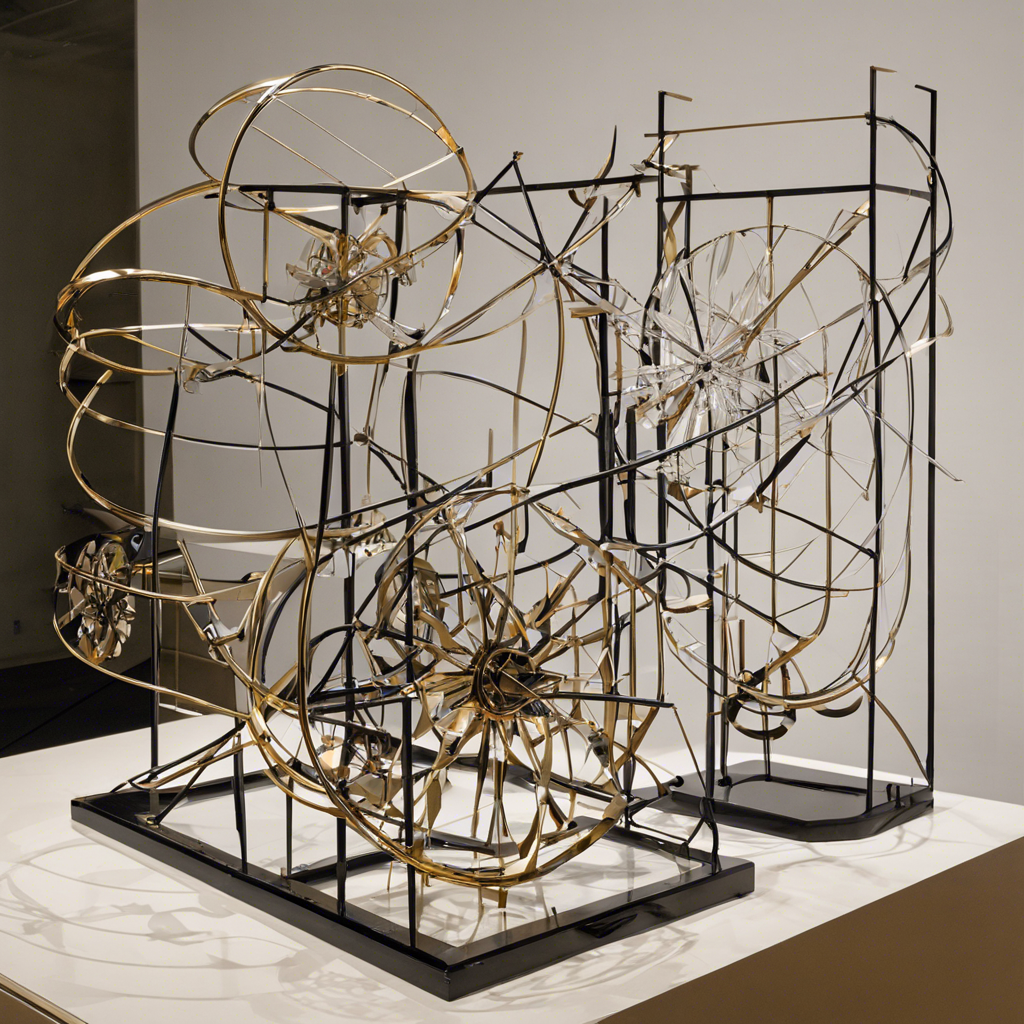Kinetic sculptures are captivating works of art that go beyond static displays, incorporating movement and change over time into their very essence. These dynamic creations challenge traditional notions of sculpture, infusing it with a sense of vitality and theater. The concept of kinetic art is rooted in the exploration of motion and the passage of time, often inviting viewer participation or responding to its environment in fascinating ways.
This innovative art form has captivated artists and audiences alike for centuries. From the mesmerizing mobiles of Alexander Calder, delicately balanced and responsive to air currents, to the intricate machines of Arthur Ganson, which poetically animate inanimate objects, kinetic sculptures defy the static nature typically associated with art. They blur the lines between sculpture, engineering, and performance, demanding a reevaluation of what art can be.
Kinetic sculptures utilize a variety of mechanisms to achieve motion, ranging from simple manual manipulations to complex automated systems. Some artists employ motors, wind, water, or interactive technologies to bring their creations to life, while others explore optical illusions of movement through carefully crafted sequences of static forms. This diversity of approaches contributes to the richness and complexity of the kinetic art genre.
One of the pioneers of kinetic art, Naum Gabo, a Russian artist, famously said, “Sculpture is not a static thing – it is a way of coming to terms with the universe.” This quote encapsulates the essence of kinetic sculptures, which embrace change and movement as fundamental aspects of our existence. By incorporating time as a dimension, these artworks echo the dynamic nature of life itself.
Viewing a kinetic sculpture in motion is akin to witnessing a performance. The sculpture transforms before your eyes, evolving through various states, each presenting a unique perspective. The element of time becomes integral to the artwork, much like a dance or a musical composition, where the passage of time is essential to the experience.
Kinetic sculptures often incorporate elements of balance, tension, and harmony in their designs. Artists manipulate these elements to create compositions that seem to defy gravity or exude a sense of precarious stability. This interplay between balance and motion invites viewers to contemplate the delicate equilibrium present in our dynamic world.
In addition to movement, kinetic sculptures may also incorporate sound, further enhancing the multi-sensory experience for viewers. Whether it’s the soft tinkle of hanging chimes or the mechanical whirrs and clicks of moving parts, sound adds another layer of depth and engagement to these already captivating artworks.
Kinetic sculptures can be found in a variety of settings, from galleries and museums to public spaces and outdoor environments. They can take the form of small, delicate mobiles hanging from a ceiling or large-scale installations that occupy entire rooms.
The evolution of kinetic art has also led to its integration with new media and digital technologies. Artists now have the ability to create interactive sculptures that respond to touch, sound, or movement, further blurring the boundaries between art and viewer.
Kinetic sculptures captivate and fascinate audiences by challenging our sense of what art can be. Through their dynamic nature, these sculptures transform spaces, engaging viewers in a multi-sensory experience that transcends the static and embraces the essence of motion and change. Whether through intricate mechanics or optical illusions, kinetic sculptures bring art to life, inviting us to explore new dimensions of creativity and perception.
In conclusion, kinetic sculptures are a captivating fusion of art and motion, challenging traditional boundaries and offering a dynamic sensory experience. By embracing movement, time, and interaction, these sculptures come alive, reflecting the vibrant and ever-changing nature of our world. Through the innovative use of materials, technology, and artistic vision, kinetic sculptures continue to push the boundaries of what art can be, leaving a lasting impression on all who encounter them.

